BVNW to introduce Makerspace next year
The BVNW Library Media Center will have a 3-D printer and other technologies beginning next year to encourage students to experiment and learn with a hands-on approach.
Students at Blue Valley North’s Makerspace can use connectable circuitry components to make various devices, among other opportunities the space provides (photo illustration by Jack Oxley).
March 31, 2016
Beginning next school year, the BVNW Library Media Center will incorporate a “Makerspace,” which is slated to include various technologies to promote hands-on learning.
BVNW Library Media Specialist Mary McCabe said the Makerspace will include circuitry kits, arduinos and LEGO Mindstorm kits, as well as a Green Room with sound recording capabilities and a 3-D printer.
Funding for the Makerspace is coming from a $5,000 grant from the Blue Valley Education Foundation received last year.
“We hope once we’re up and running that students understand that this is a great opportunity to explore, to look at something they don’t know anything about [and] to problem solve in terms of doing some self teaching,” McCabe said.
McCabe said currently, the plan for scheduling use of the Makerspace will be through a sign-up basis.
“I think we’ll probably have a sign-up situation because only so many people can use each item at a time,” McCabe said. “Obviously, if a class is doing some kind of work, they’ll be coming in during the hours of the day, and we’ll be coordinating that like we do with other classes that come in the library.”
For each type of technology new for the district that the library hopes to include, BVNW Technology Integration Specialist Craig Odle said it must get approved by the district.
“One of the challenges for us is figuring out what we can and can’t do,” Odle said. “It’s a big learning curve for us.”
McCabe said that currently, the only technology purchased for the Makerspace at BVNW is the 3-D printer. However, Blue Valley North has had a 3-D printer in its library since 2012, BVN Library Media Specialist Abby Cornelius Library Media Specialist said.
Cornelius said the BVN Makerspace is more a collection of equipment students can access rather than a physical room. However, at BVNW, Odle said the Makerspace will ideally be in the room on the right as students exit the library, what is now called the “scantron room.”
“Will you have to 3-D print something in your life? Maybe, maybe not,” Cornelius said. “But, will you have to learn something that you’ve never seen before [and] develop something with it?…[In] every job you ever have, that will happen.”
At BVN, students may use the 3-D printer to print their self-designed projects, but Cornelius said most of the time, it is used for projects that are assigned within a class. In the past, projects have included designing 3-D logos for marketing class, printing shapes for geometry or printing chemistry molecule models. McCabe said she does hope to coordinate and schedule the Makerspace with various classes at BVNW.
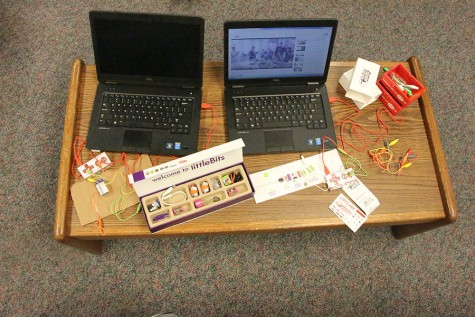
BVN junior Muhammud Mahmood said he thinks it is a good idea BVNW is introducing a Makerspace because he has learned a lot from the Makerspace at BVN.
“[The printer] improves critical thinking,” Mahmood said. “You’re usually thinking in 2-D, but [this] gets you to think in another way, see another perspective.”
Blue Valley K-12 Library Media Coordinator Cristy Bolton said that all of the district high schools are trying to create a sort of Makerspace.
“It looks different in every building, but they’ve all tried to do some different things around it and see how it fits,” Bolton said. “It’s across the board something we’re all always looking at. It’s certainly at different stages in every building.”
Odle said he hopes the Makerspace will encourage hands-on learning and give greater access to students who otherwise may not be able to reach these resources.
“If you’re interested in [something] but you can’t get to it, your interest goes away,” Odle said. “We know some kids have access to these things at home, but we also know there are students that don’t.”


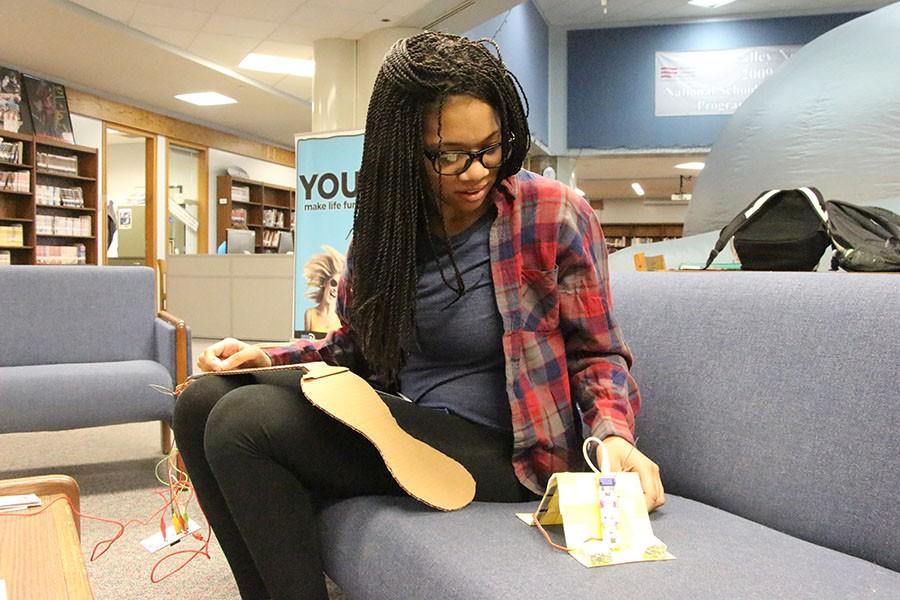
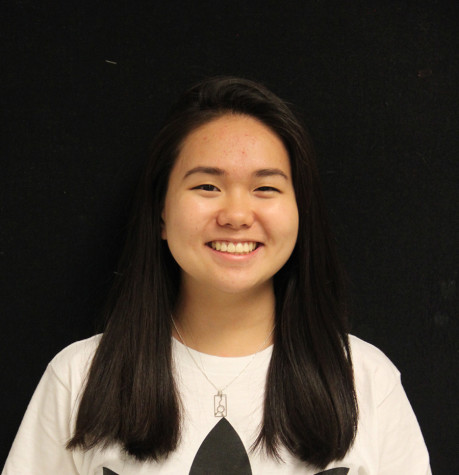
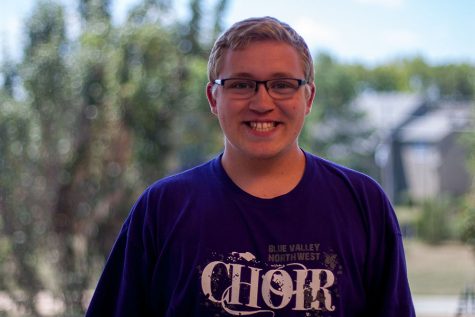

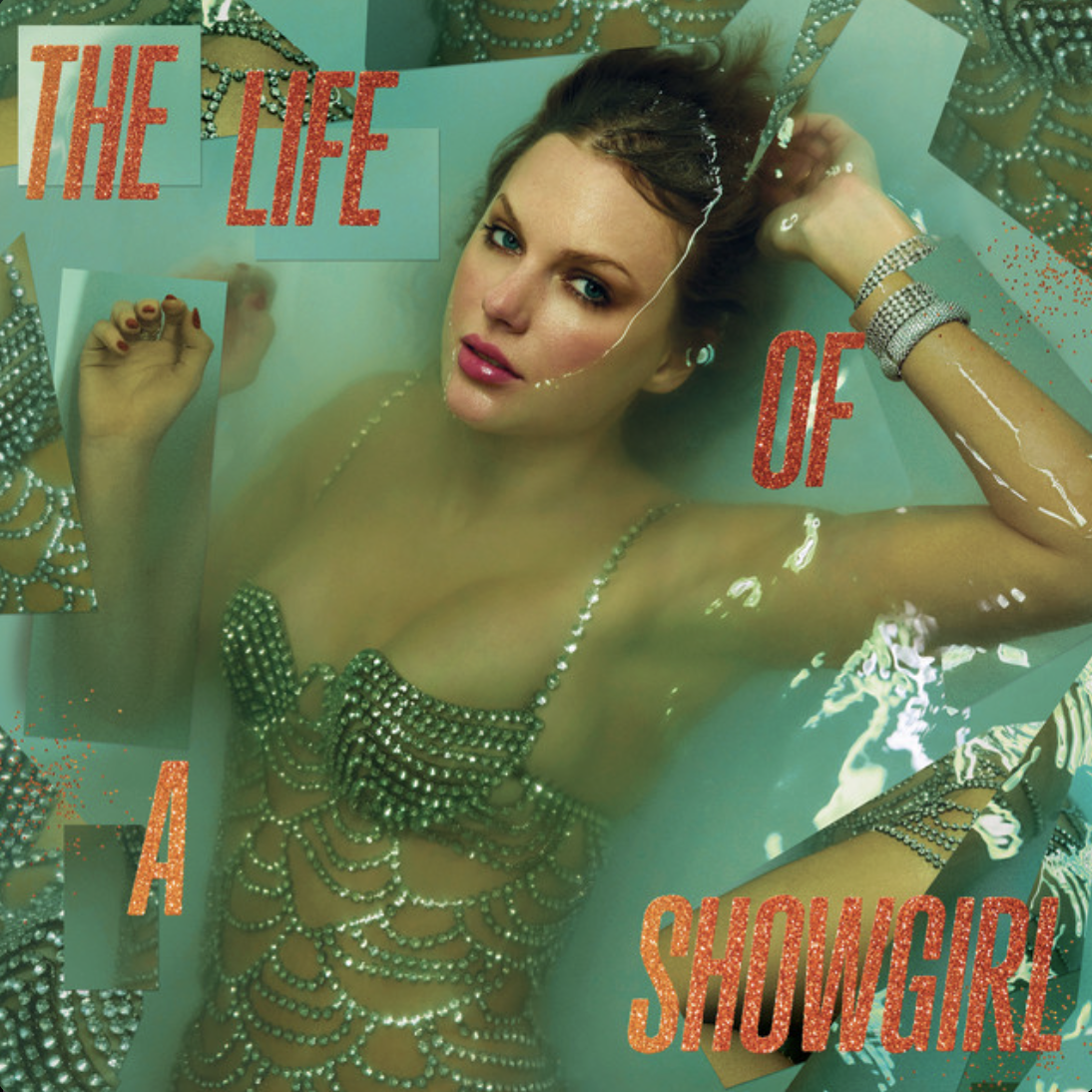

Griffith Stites • May 11, 2016 at 9:37 pm
I am currently working on modelling the maker space. I have been unofficially managing the 3D printer in my drafting class for the majority of the school year, along with fixing and maintaining it.
From my time spent with the 3D printer, I have noticed that people tend to forget what file format is needed for the 3D printer and how to start the print. Also, people have a hard time knowing when to use supports. I have also found that I need to say no to people when their prints are too large or will take too long (Really thin prints can take a while due to them being solid instead of the hex inside). Finally, I have learned that it is best too not switch colors for people as the printer head has not dealt well with constant changing of filaments, since many people due it incorrectly, damaging or jamming the head. I have taken apart the printer head twice this year due to this exact issue.
I would be interested in speaking with you along with making a poster with everything someone needs to know to 3D print (When to use supports, how to center and most efficiently put something on a build platform, calculating build time, how to take an item off the build platform without cutting yourself – a real problem). Please email me if you have any questions or comments, I do not know everything, but I have had some experience managing the 3D printer and think I could help.